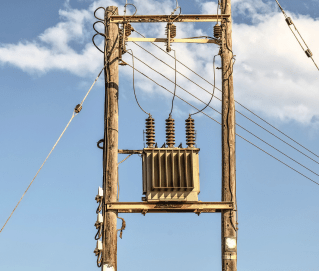Futuristic transformers for sustainable power distribution in EPR 2021

Distribution Transformer (DT) is one of the most important and high value capital asset for an electrical utility. And, their number is very large, with more than 12 million DTs only in India. DTs are an essential part of power distribution infrastructure in providing 120-240V-415V to distribute electricity to customers. As a critical component of electrical infrastructure and since their number is very large, strategic change to DT design, manufacturing, and maintenance practices, can bring down the electricity losses and reduce its environmental impact. Being a stable machine, the life of DTs is long – from 20 to 40 years. Extensive protection of DTs is not economical; hence, DT’s intrinsic strength must be sufficient enough to take care of thermal, mechanical and electrical stresses. The Failure Rate of DTs varies widely – from 1 percent to 20 percent depending upon maintenance, type of material used in manufacturing, manufacturing processes, design, and quality assurance plan.
as insulating oil, which is not eco-friendly. Eco- efficiency in DTs can take different forms, such as reducing losses, increasing life cycle and using biodegradable ester oil as insulating liquid.
Energy Conservation and reduction of CO2 emission are in spotlight for environmental sustainability. Thus, finding ways to increase the efficiency of our electrical Infrastructure, especially the power distribution network, is an important factor towards reducing emissions and the cost. Higher efficiency of DTs at the last-mile delivery point can help avoid the cost of generating additional electricity while lowering total running cost of the power distribution network. Considering these aspects, energy planners are adapting efficiency standards, based on consideration of Techno-Economics of DTs during its life, called Minimum Energy Performance Standards (MEPS). Some energy planners also suggest capitalisation of losses. The Bureau of Energy Efficiency (BEE), India, specified five levels (Star label) of maximum losses at 50 percent and 100 percent of rated load. Thus, it takes into consideration the load factor of DTs. Similarly, USA, EU and other countries also promulgated MEPS for DTs. The MEPS influence the whole Techno-Economics of DTs, such as:
- Reduction in losses (up to 40 percent) and thereby increase in efficiency of system
- Higher capital cost, call for better design and manufacturing for creating visibility in better service in addition to efficiency
- Environmental impact towards greener earth.

